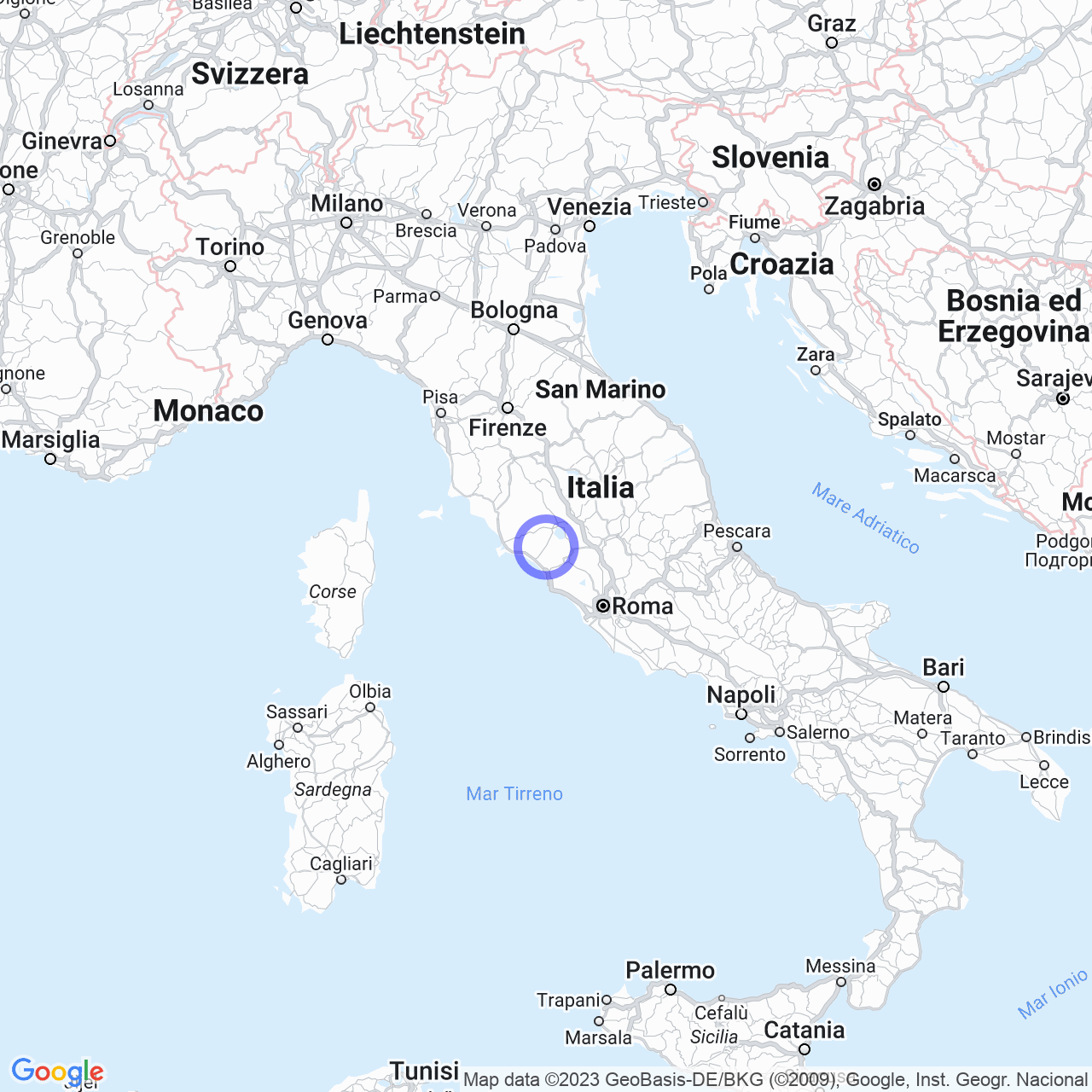Canino
Welcome to Canino, the municipality of Viterbo
We welcome you to Canino, a municipality in Lazio that is located just a few steps away from the sea, Monte Amiata, and Lake Bolsena. With its 5029 inhabitants, Canino is situated in the immediate hinterland of the Tyrrhenian Sea coast, in the Lazio Maremma region, in Tuscia. In this article, we will provide you with some information about the physical geography, history, and places of interest in Canino.
Physical geography

Territory
Canino is located in a hilly territory that slowly slopes towards the coast in the direction of Montalto di Castro. There are two rivers near the town: the Fiora in the northern part, and the Arrone in the southern part. The hilly areas of the Monti di Canino and the Alta valle del Timone are worth mentioning. Not far from the town is the small Lake Timone, while along the Fiora, near Vulci, is the Pellicone pond.
Climate
The climate of Canino is classified as zone D, 1828 GR/G.
History
The origin of Canino is linked to the Etruscan city of Vulci, from which it is believed to have arisen as an agricultural center, and then became a pagus. In the Middle Ages, it followed the fortunes of the other centers close to Vulci, increasing its importance with the decline of the Etruscan city that became deserted in the Middle Ages.
Between 1214 and 1259, Canino was allied with Viterbo, while later, until the beginning of the 14th century, it was allied with Tuscania. Canino was the residence of the Farnese family, and here Alessandro Farnese was born, later becoming Pope Paul III. He lived and was buried, together with his family, at the Collegiata di Canino church. Luciano Bonaparte, Napoleon's brother, prince of Canino and Musignano, also lived in Canino. He was a member of the Consulate and held various positions in the French government.
Monuments and places of interest
Religious architecture
Among the places of interest in Canino are many churches, including the Collegiata church, the Santa Croce church and the San Francesco complex.
Civil architecture
Among Canino's most important civil buildings is the Palazzo del Municipio, which over time has also taken on the functions of the Palazzo di Giustizia and the Palazzo del Podestà. There is also the Palazzo Bonaparte.
Military architecture
The Castello dell'Abbadia, built near a bridge, the rainbow bridge, built by the Romans to cross a large gorge where the Fiora River passes, is of great historical relevance.
Other
The Farnesiana dodecagonal fountain, designed by Vignola, is another attraction in the town.
Archaeological sites
Vulci, an ancient and important Etruscan city, has been investigated since the 19th century. Today, the city of Vulci is a vast archaeological area, open to visitors.
Conclusions
In conclusion, Canino is a very interesting place to visit if you are in the Viterbo area. You can admire ancient monuments, beautiful churches, and archaeological sites of great historical importance. Don't miss the opportunity to discover one of the most beautiful and suggestive municipalities in Lazio.
